Mastering Crampons: Harnessing the Power of Crampons
Knowledge Base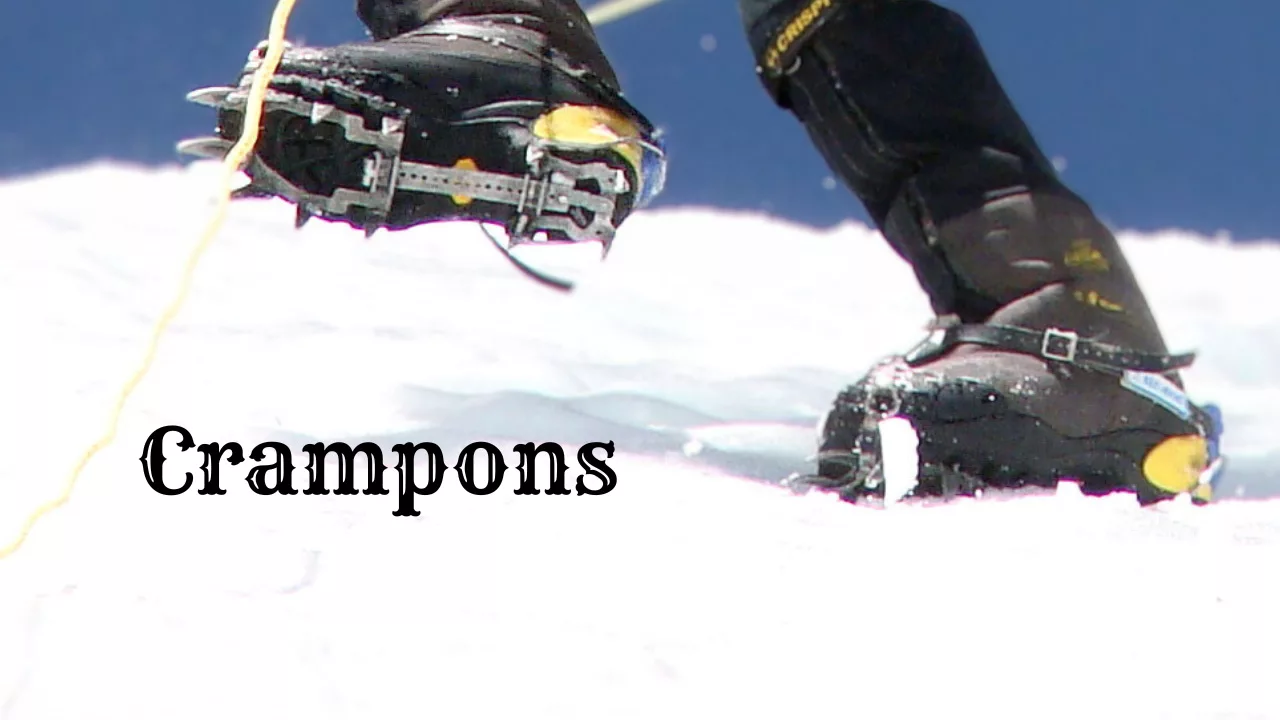
Crampons: Essential Equipment for Safe Ice and Snow Travel
When venturing into icy and snowy terrains, safety should be the top priority. Crampons, a crucial piece of equipment, provide traction and stability, enabling climbers and hikers to traverse icy surfaces with confidence. In this detailed article, we will explore the various components of it and provide comprehensive instructions on its proper usage.
Parts of Crampons:
Frame:
The frame is the foundational structure of crampons, typically made of lightweight but sturdy materials such as aluminum or stainless steel. It forms the base that attaches to the sole of the footwear and supports the other components.
Points:
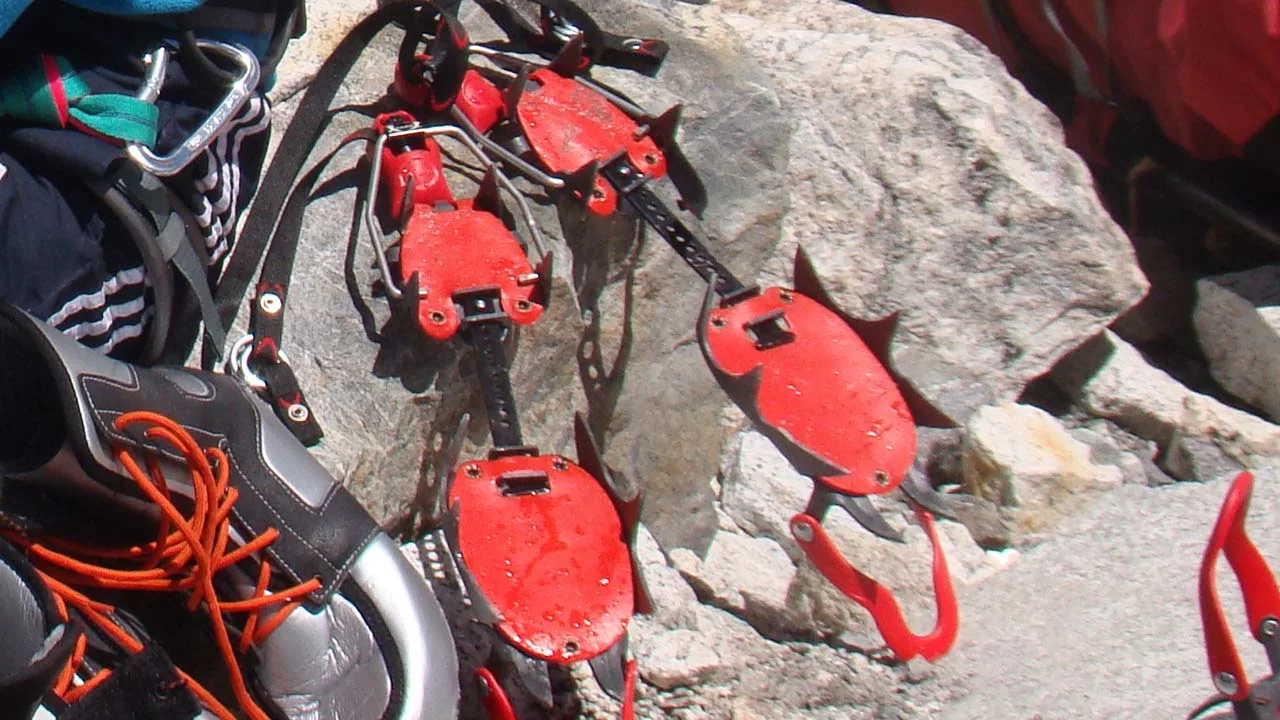
They are equipped with multiple points, strategically placed along the frame. The front section typically features two or more forward-facing points, known as the front points, which provide grip and traction while ascending or descending steep ice or hard-packed snow. The heel section may include additional points or a single large point, known as the secondary points or heel spur, aiding stability during descents or traverses.
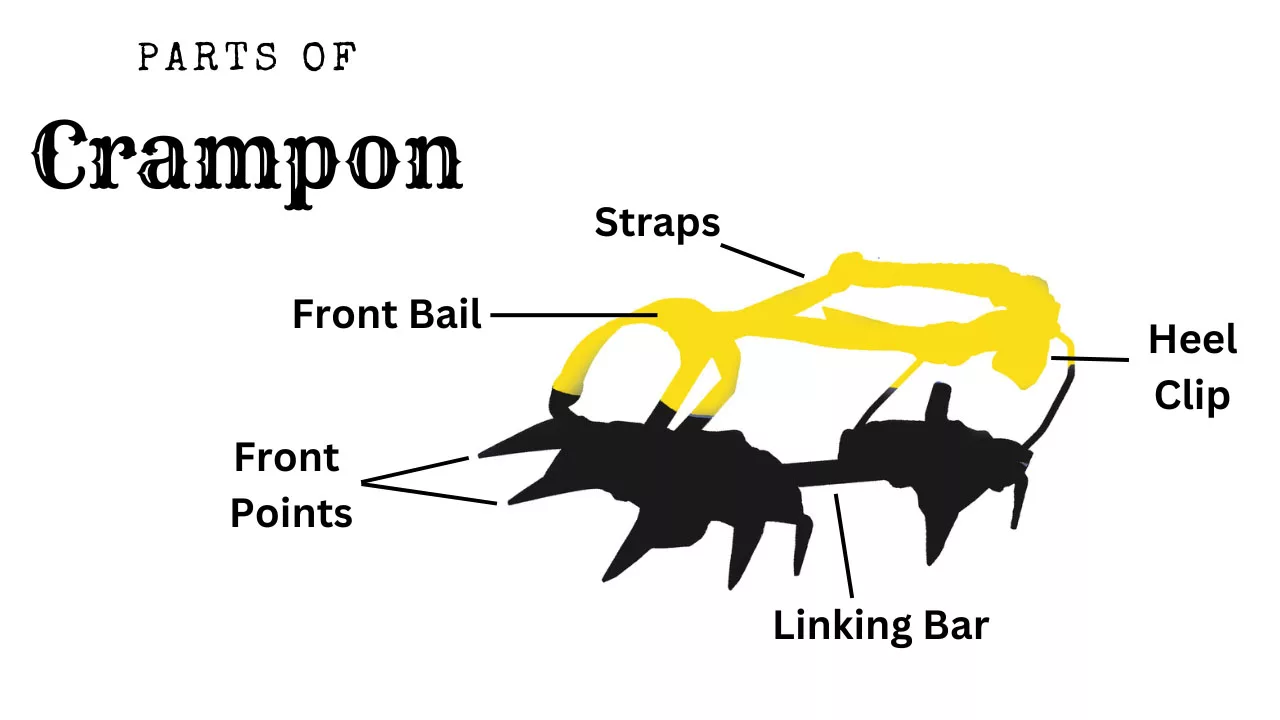
Front Bail:
The front bail is a metal bar or loop located at the front end of the crampons. It attaches to the front of the footwear and ensures a secure fit. It is important to select crampons with front bails compatible with the type of boots you will be using.
Straps or Fastening System:
Crampons feature straps or a fastening system to secure them to the footwear. These can include adjustable webbing straps, buckles, or quick-release mechanisms. The straps or fasteners should be adjustable and provide a snug and secure fit to prevent slipping or loosening during use.
How to Use Crampons:
Fitting:
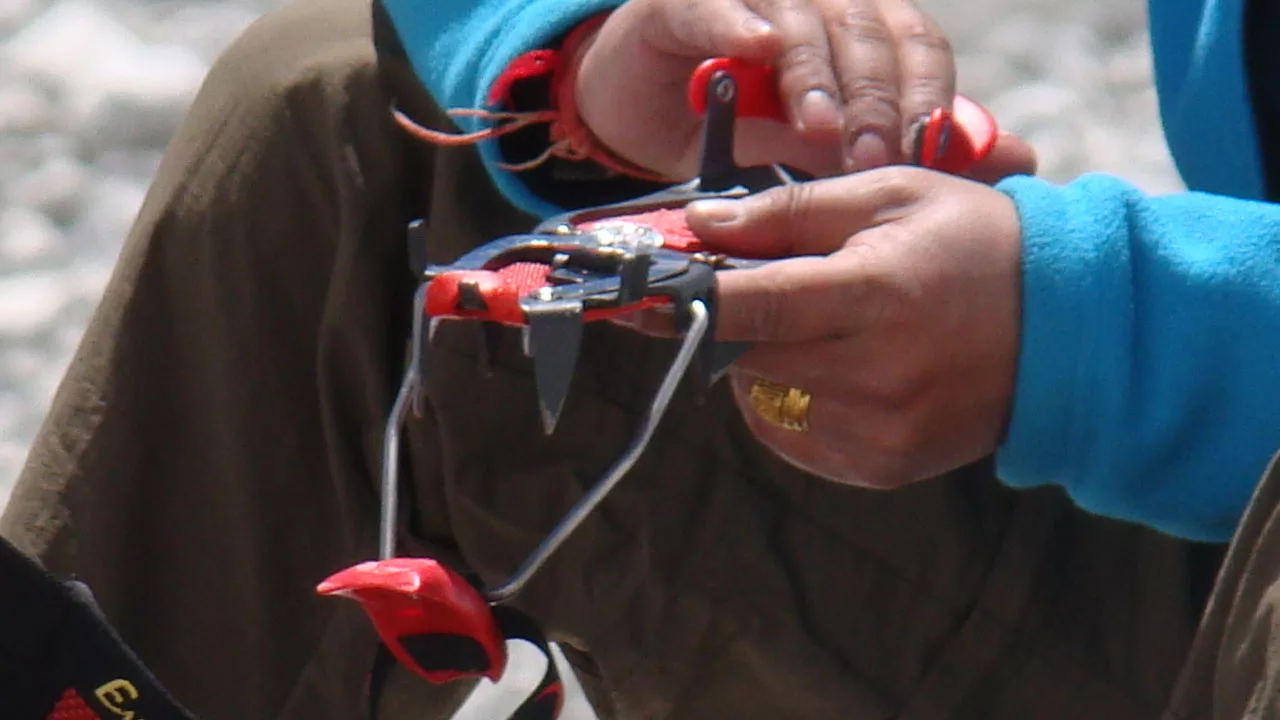
Before putting it on, ensure they are compatible with your footwear. Adjust the straps or fastening system to fit snugly around your boots, ensuring a secure attachment. Properly align the front points with the front of your boots to optimize traction and stability.
Front-Pointing Technique:
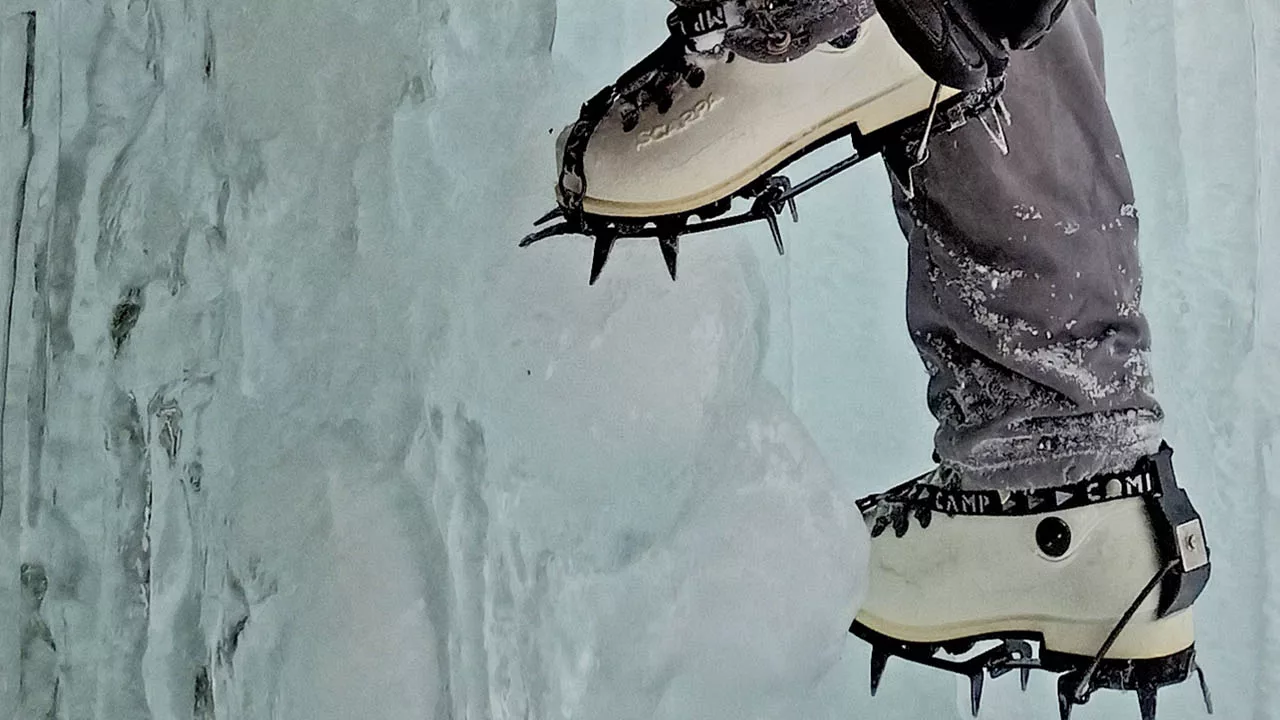
When ascending steep icy slopes or hard-packed snow, employ the front-pointing technique. With each step, drive the front points of the crampon into the ice or snow, ensuring they penetrate securely. Maintain a balanced stance, lean slightly forward, and use your legs and core muscles to propel yourself upward.
Flat-Foot Technique:
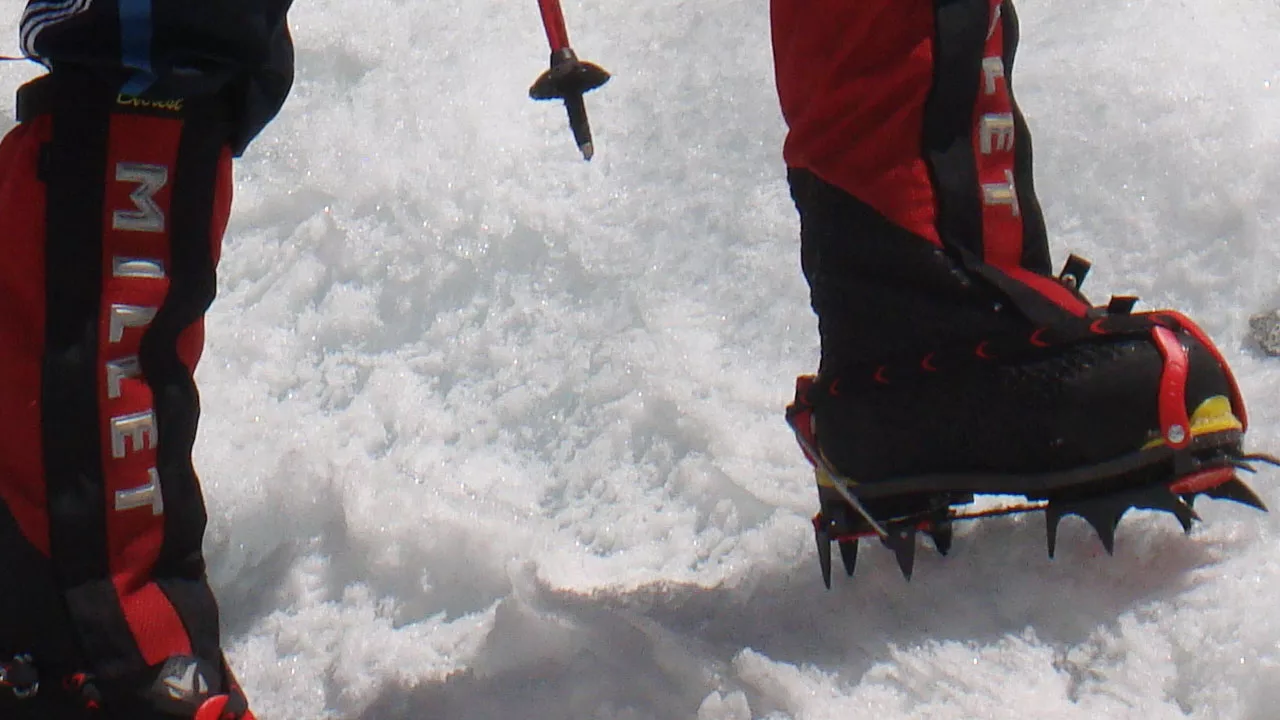
When traversing less steep or flat terrain, utilize the flat-foot technique. Instead of relying on the front points, place your entire foot flat on the surface. The secondary points or heel spur provide traction and stability, allowing you to maintain control and prevent slipping.
Heel-First Technique:
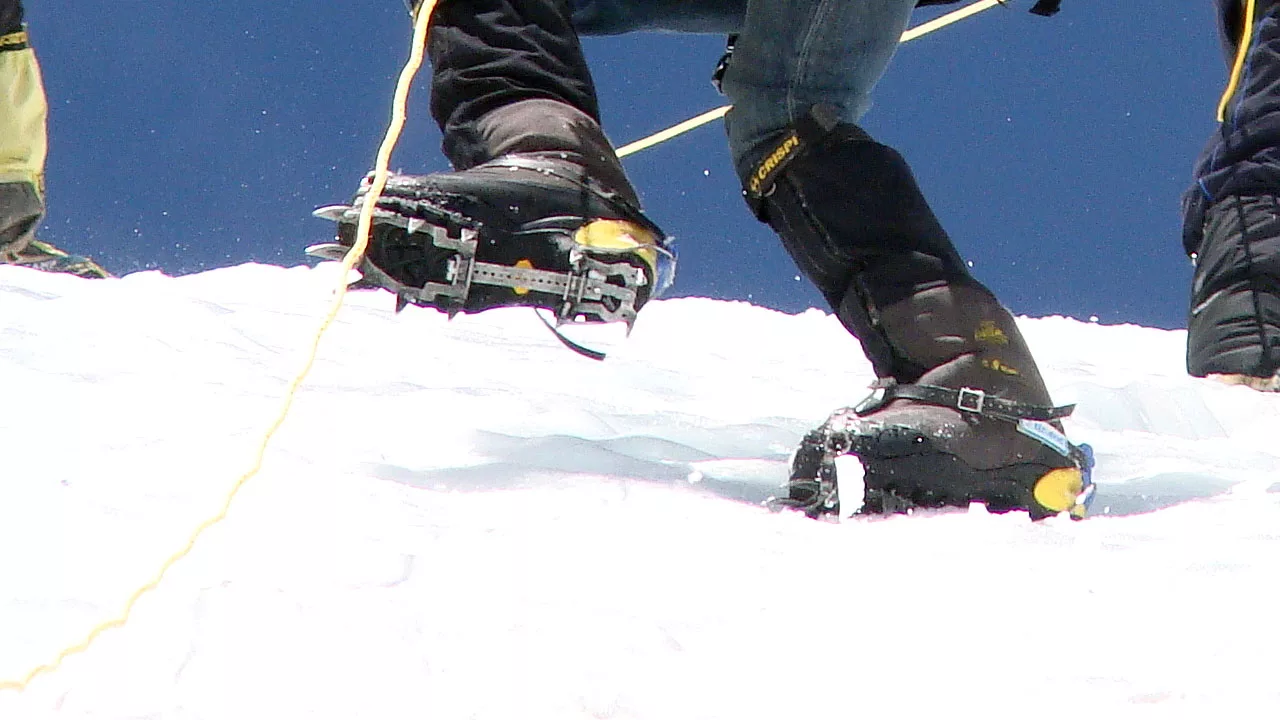
During descents, use the heel-first technique. Place your heel firmly on the ground, allowing the secondary points or heel spur to bite into the snow or ice. Gradually transfer your weight onto your foot, maintaining a controlled pace and keeping your knees slightly bent to absorb any impact.
Adjusting Stride:
Adapt your stride length according to the terrain and conditions. Take shorter steps on steeper slopes for better balance and control. On flatter terrain, you can lengthen your stride to maintain a comfortable and efficient pace.

Bottom Line:
Crampons are indispensable tools for safe travel on icy and snowy surfaces, providing traction and stability to climbers and hikers. Understanding the different components of it and mastering their proper usage is essential for anyone exploring such challenging environments. Practice using it in controlled conditions and seek guidance from experienced climbers or outdoor professionals to ensure correct technique and optimum safety. With the right equipment and knowledge, you can confidently embark on your icy adventures while minimizing the risks associated with slippery terrains.
Faq
Crampons are named “crampons” from the French word “crampon,” which means “climbing iron” or “spike.”
The name accurately describes the function and purpose of this essential mountaineering and ice-climbing equipment, as crampons are designed with metal spikes or points that provide traction and grip on icy or snowy surfaces.
A crampon is a spiked metal device that is worn on the soles of boots or shoes to provide traction and grip on icy or snowy surfaces.
To determine if crampons will fit your boots, you need to consider the compatibility between the crampons and your boots. Check the specifications of both your boots and the crampons. Look for information regarding the type of crampon binding system and the range of boot sizes they are designed to accommodate. It is crucial to ensure that the front bails or attachment points of the crampons align properly with the front of your boots. If the specifications match and the crampons are designed for your boot size and type, they should fit securely. It’s always a good idea to try them on or seek advice from a professional if you’re uncertain.
Yes, crampons are allowed on planes, but they must be packed in checked luggage. Crampons are considered sharp objects and are not permitted in carry-on bags due to security regulations. To avoid any issues, it is recommended to securely pack your crampons in your checked baggage when traveling by plane.